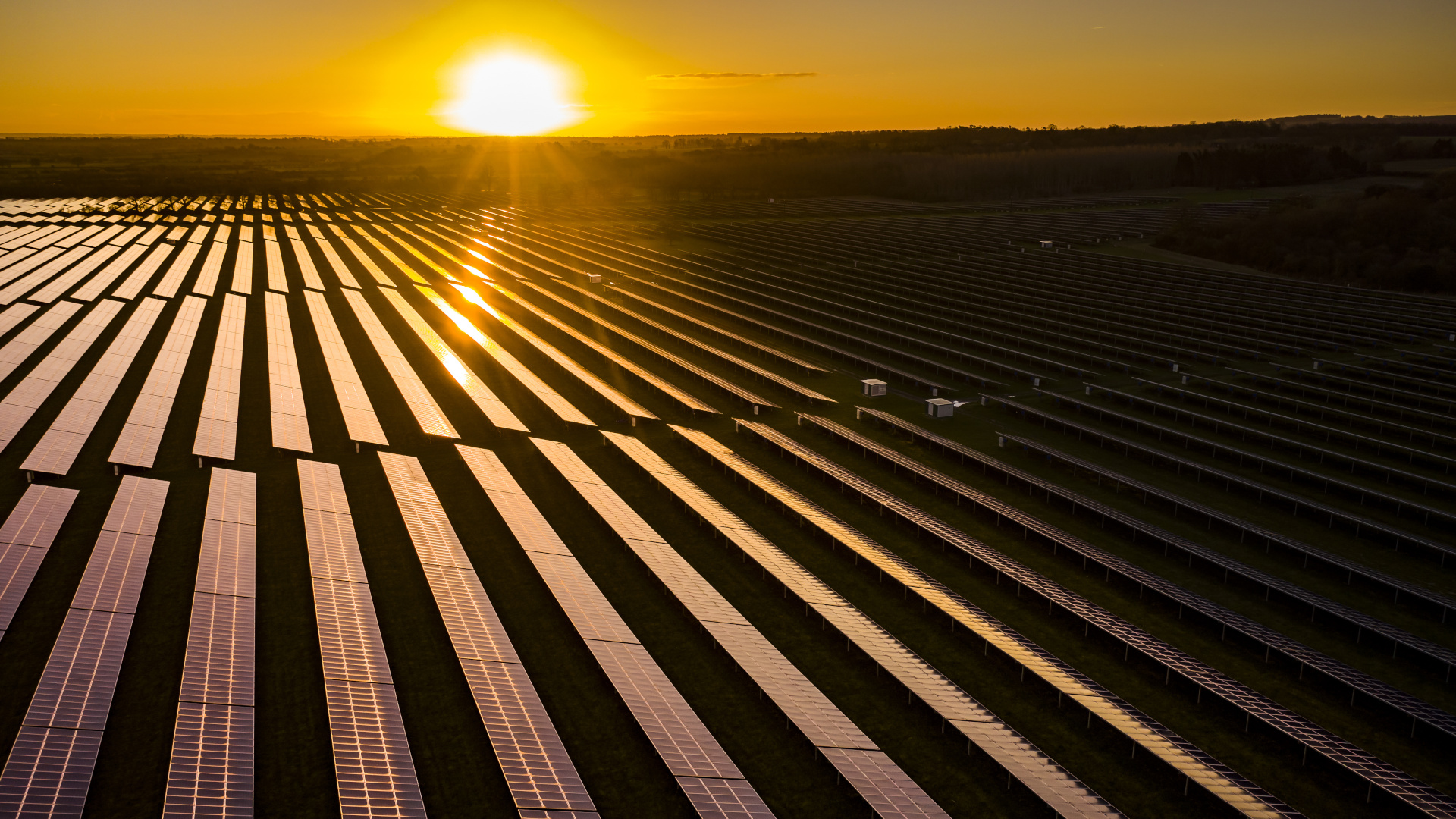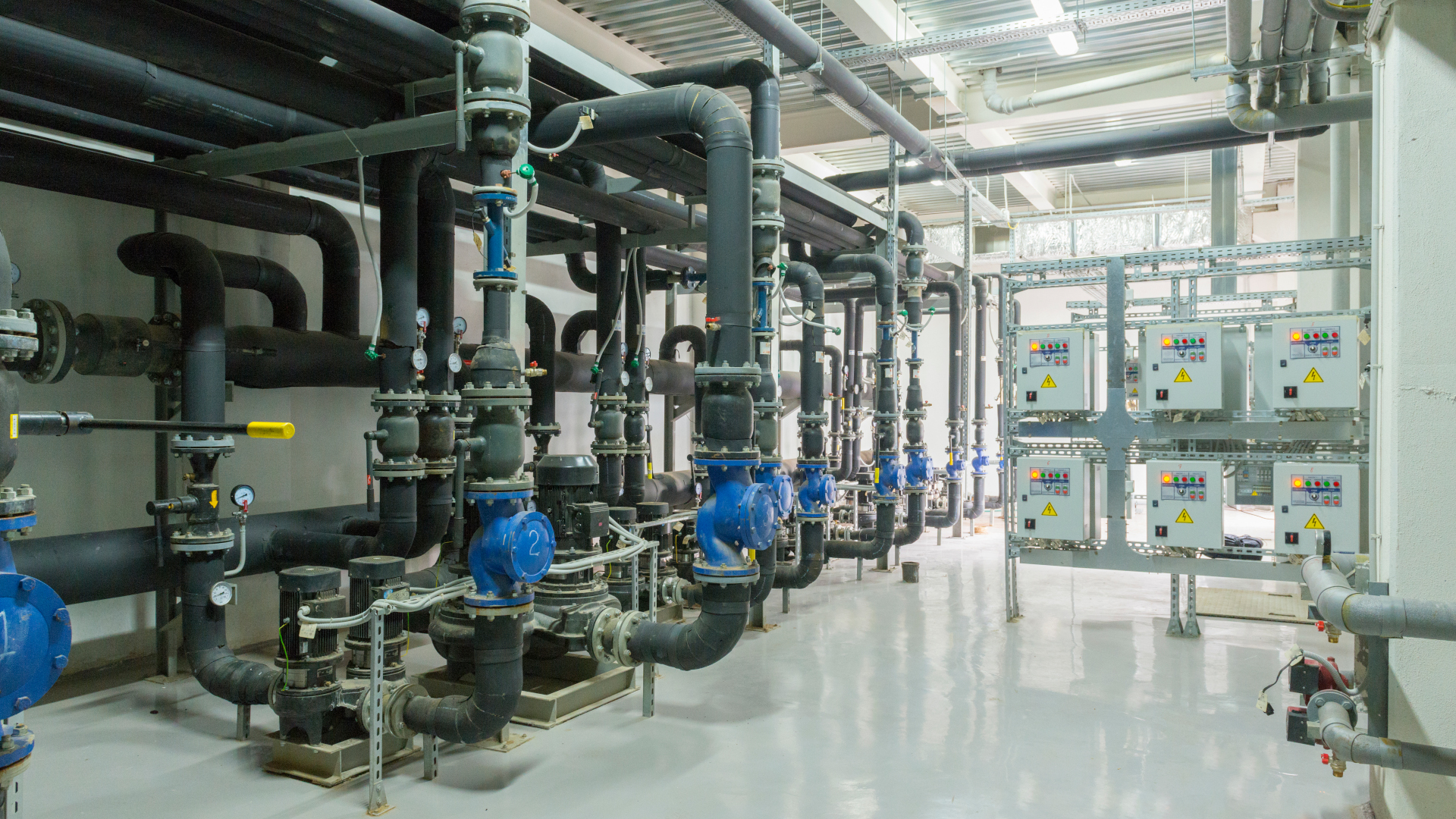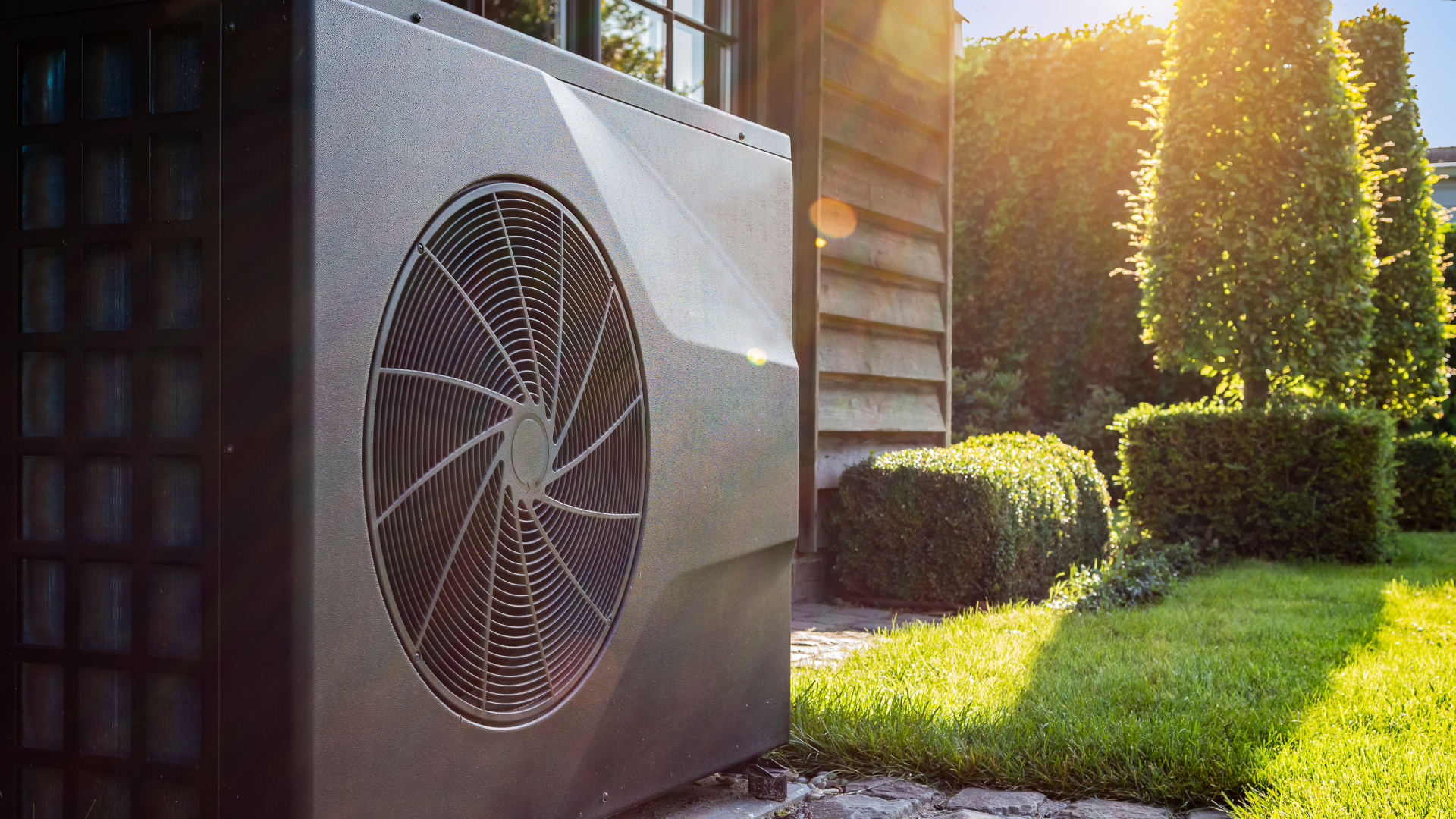This is an update on a previous blog from the 24th of June 2013, updated to take account of developments with Air Source Heat Pumps and the decarbonsing of the UK electricity grid.
Air Source Heat Pumps
Air source heat pumps use electricity to generate heat much more efficiently than normal electric heaters. They operate like refrigerators in reverse and normally have a fan to blow outside air over an evaporator heat exchanger. An electrically powered compressor raises the temperature of the refrigerant and this heat is given up to a condenser inside the property. Heat pumps can deliver several units of heat for every unit of electricity. This ratio is often called the co-efficient of performance (COP) which tells us how well a heat pump performs under set conditions. Over a longer period (e.g. a heating season), a measure of performance called the SPF (Seasonal Performance Factor) is often used. This blog looks at how high the SPF needs to be for the heat pump to outperform a condensing gas boiler in terms of greenhouse gas emissions as well as running costs.
Greenhouse Gas Emissions
Air source heat pumps run on electricity. When this blog was originally written, according to the UK Government’s “2012 Guidelines to Defra / DECC’s GHG Conversion Factors for Company Reporting” the average value for greenhouse gasses emitted per kWh of electricity was 0.54702 kgCO2eq(GWP100)/kWh. Since then it has dropped significantly.
If we look at the “Greenhouse gas reporting: conversion factors 2019” we have a value of kgCO2eq(GWP100)/kWh for Scope 2 emissions.
However, this is purely the electricity grid’s average value. Let’s think about this in more detail. In the UK grid, there is a mixture of gas (via Combined Cycle Gas Turbines), nuclear, wind and solar, with some biomass and imported electricity from interconnectors. Within the UK electricity grid, coal is effectively now gone. Most renewables depend on the weather so are quite variable in their output, and nuclear remains at full output constantly, therefore if there is additional demand, it will lead to more electricity generation from CCGT.
Ecoinvent is a not-for-profit organisation which provides an industry standard a database for Life Cycle Assessment purposes. Using their Ecoinvent 3.5 database, we find the (high voltage) emissions from a UK based CCGT to be 0.3514 kgCO2eq(GWP100)/kWh. We then take a reasonable assumption on the loss via the electricity network of 7%. This gives us a climate change impact of 0.3760 kgCO2eq(GWP100)/kWh. It is important to remember the Ecoinvent database includes everything, including the infrastructure of the CCGT.
The UK Government figures give 0.18385 kgCO2eq(GWP100)/kWh for the impact of gas. If we assume that the alternative to a heat pump would be a new gas boiler at 90% efficiency this will give an impact of 0.2043 kgCO2eq(GWP100)/kWh. This means, for a heat pump to have a lower level of greenhouse gas emissions, it would need to have a SPF of over 1.72 in the UK. In our 2012 blog we calculated a SPF of 2.41 to break even in terms of greenhouse gas emissions
Costs
Installation costs vary considerably but in general a domestic air source heat pump based central heating system will cost at least twice as much to install as an equivalent gas central heating system. Given that we’ve already established Since the electricity industry was privatised, there has been a bewildering array of utility tariffs so it can be difficult to work out the relative running costs of gas boilers and heat pumps However, using figures from the UK Government we find an average direct debit electricity bill is based on £0.181/kWh whilst gas was £0.044. This includes the standing charge spread on average across 3,800kWh/year of electricity and 15,000 kWh of gas.
As before it can be assumed a gas boiler will run at 90% efficiency, so the cost per kWh of heating would be 0.0489 £/kWh. This would suggest that in order for the heat pump heating cost to be the same or better than gas, the SFP would be need to be 3.70. Interestingly, this is higher than the value of 3.45 found based on 2012 prices. But that’s something of an oversimplification because air source heat pumps currently benefit from Renewable Heat Incentive (RHI) payments of 10.71p per kWh. So a typical domestic property requiring 15,000kWh of heat per year would attract payments of £1,606.50, equivalent to £11,245.50 over the 7 year payment term. In most cases this would exceed the installation cost of the heat pump system including the oversized radiators that are needed to achieve high SPFs.
Real World SPF values
The Energy Saving Trust carried out on site testing of 83 heat pumps, published in the report “Getting warmer: a field trial of heat pumps”. This showed for air source heat pumps the ‘mid-range’ of measured SPFs was near 2.2 and the highest figures in excess of 3.0. The test also included ground source heat pumps, which has slightly higher measured system efficiencies than the air source heat pumps. The ‘mid-range’ ground source system efficiencies were between 2.3 and 2.5, with the highest figures above 3.0.
Further analysis of the EST trial by DECC in March 2012 (Detailed analysis from the first phase of the Energy Saving Trust’s heat pump field trial) examined a number of these heat pump installations in more detail, paying particular attention to the factors that influence system performance. It appears some sites had anomalies in the data, for example boost heater energy consumption not measured, the contribution of an oil boiler being included in system heat and some data provided from a manufacturer rather than the EST monitoring system. Consequently, some of the EST report data has been revised and Table 1 of the DECC report shows the mean system efficiency to be 1.82 for ASHP and 2.39 for Ground Source Heat Pumps (GSHP). The ‘good performance’ GSHPs achieved 2.98 and 3.04 system efficiencies.
Decerna has carried out detailed monitoring of numerous air source heat pumps, and our results tally with those of the Energy Savings Trust, with values between 2.0 and 3.0, although the upper end is rare.
It is important to note that both the Energy Savings Trust report and Decerna’s own work has shown that heat pumps tend not to as well as manufacturer’s literature would suggest. This is due to a variety of reasons, including incorrect system sizing, inadequate radiator sizing, poor installation and commissioning and a lack of end user information on how to get the best from the system.
Further research is needed on the SPF of heat pumps, in order to advise government policy.
Conclusion
This blog shows a different situation to that of our previous heat pump blog. Now, for the UK, as long as there is an SPF of more than 1.7, then it will have a low climate change impact than a gas boiler. As 2.5 is a reasonable value for an SPF, then heat pumps can now be considered a better environmental choice than gas boilers.
As long as a heat pump has a SPF greater than 1 then it should be cheaper than direct electric heating
Without considering income from the RHI, a heat pump will be marginally more expensive to run than a condensing gas boiler. However, a properly specified and carefully installed air source heat pump which attracts RHI payments is a sound financial investment.
====
Further reading:
For a detailed look at the performance of solar thermal, thermodynamic panels and Air Source Heat Pumps in relation to domestic hot water, please see our discussion paper “COP Water Heating Technologies”
If you are interested in lab or in-situ monitoring of the COP of heat pumps, please email info@decerna.co.uk or call 01670 543 009
Alex Savidis is a renewable energy technical specialist at Decerna. He’s currently working on delivering energy efficiency advice to local businesses through the ERDF funded BEST project www.best-ne.co.uk as well as delivering consultancy on energy storage and renewables to a variety of private and public sector clients.
Tom Bradley is a Life Cycle Assessment expert at Decerna. He’s currently working on various projects related to analysing the environmental impacts of new and existing technologies, including undertaking the Life Cycle Assessment on the MAGNIFICENT algae bioproduct project.






